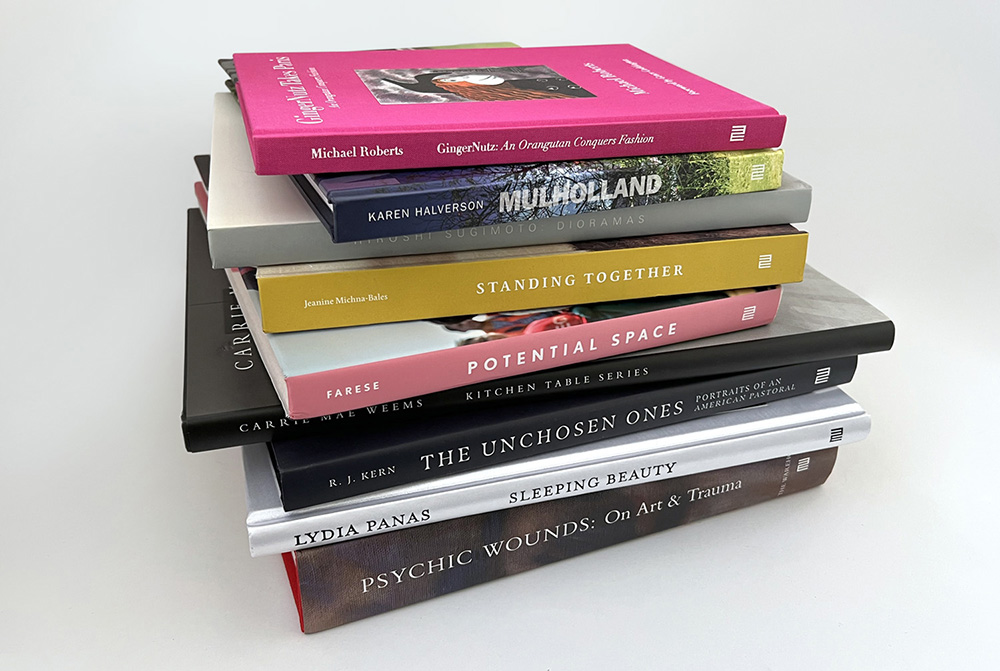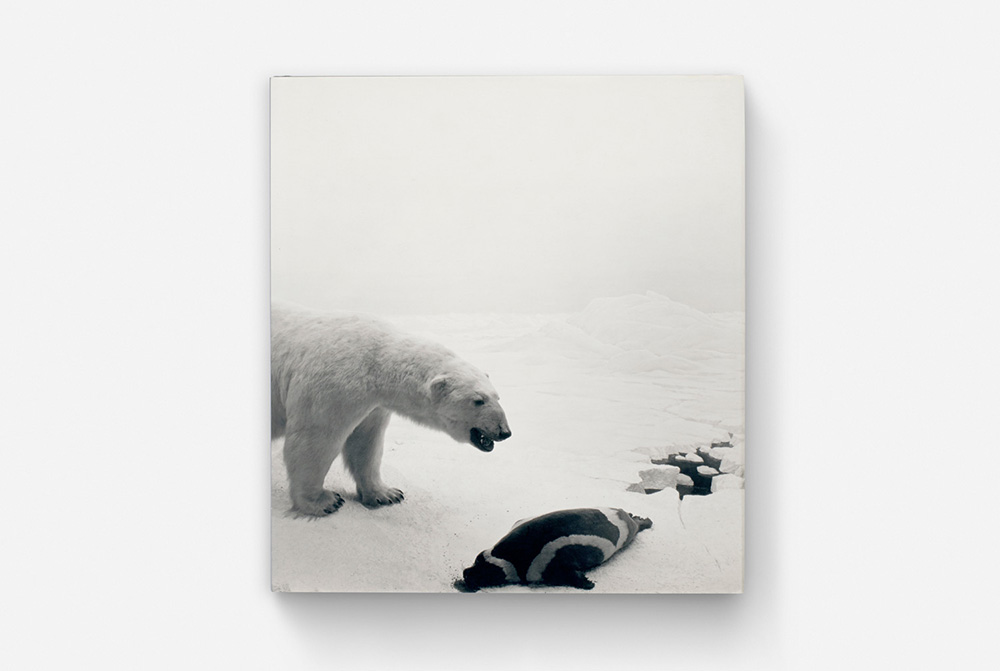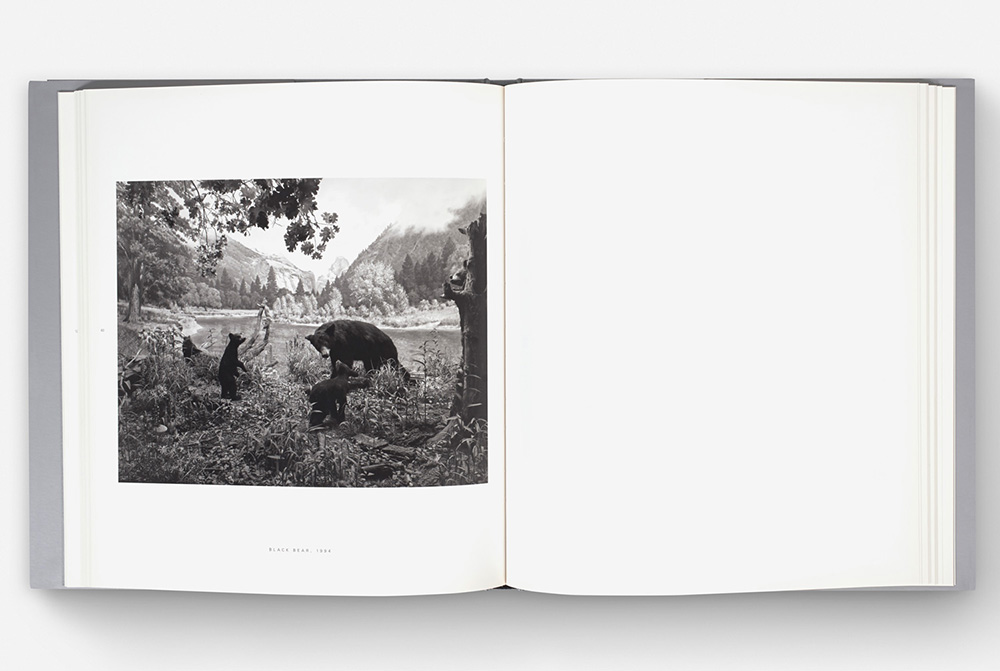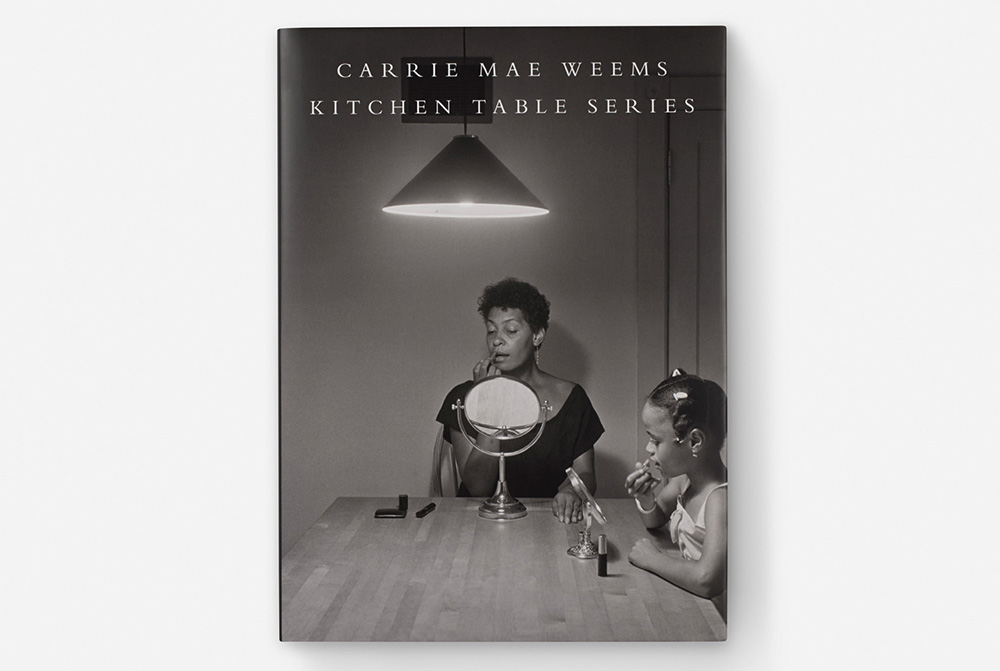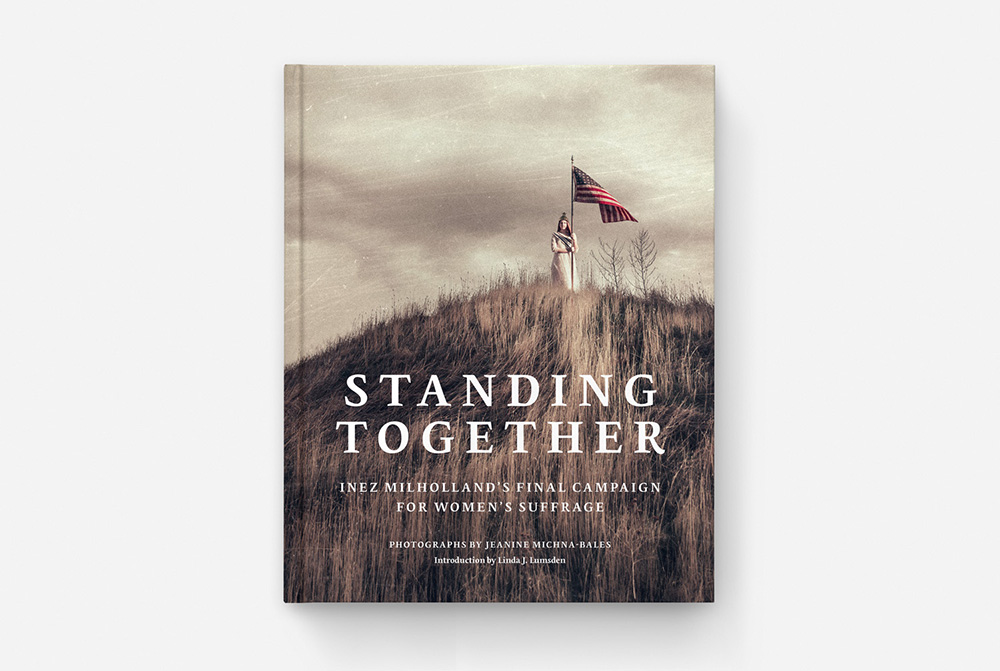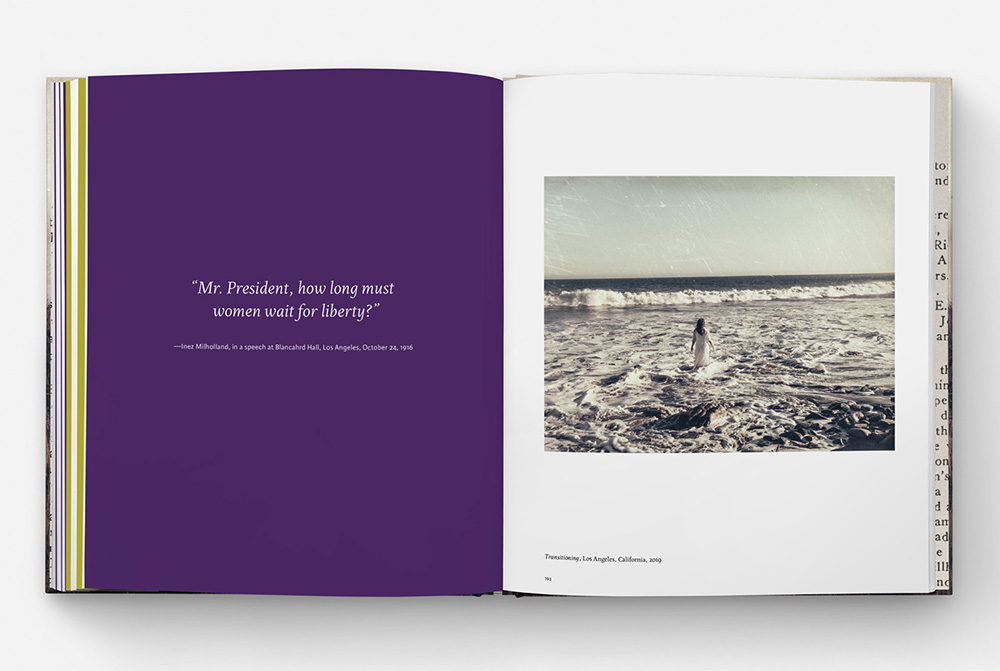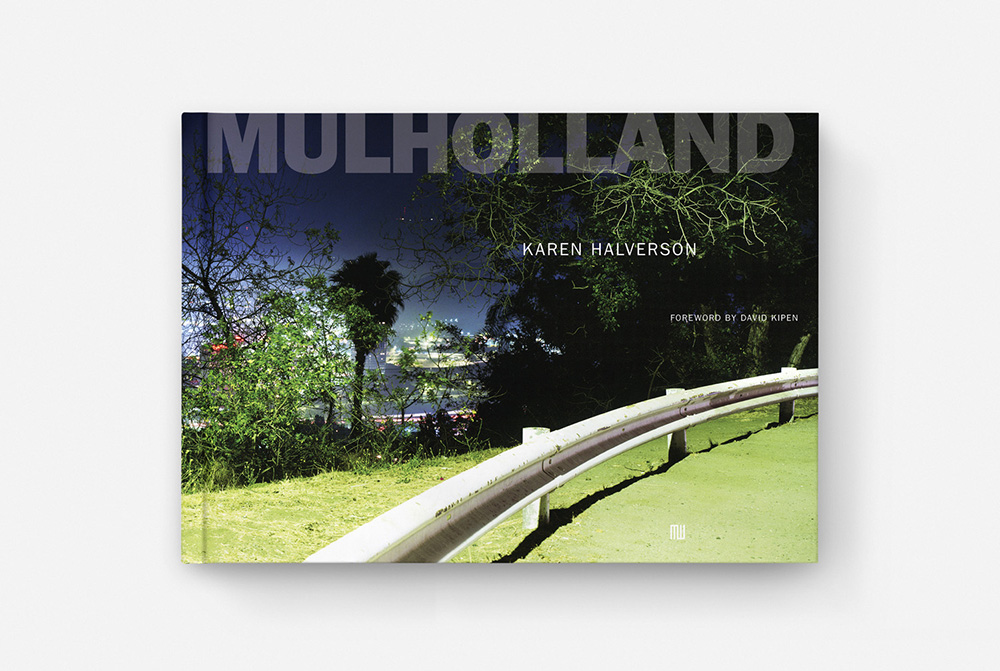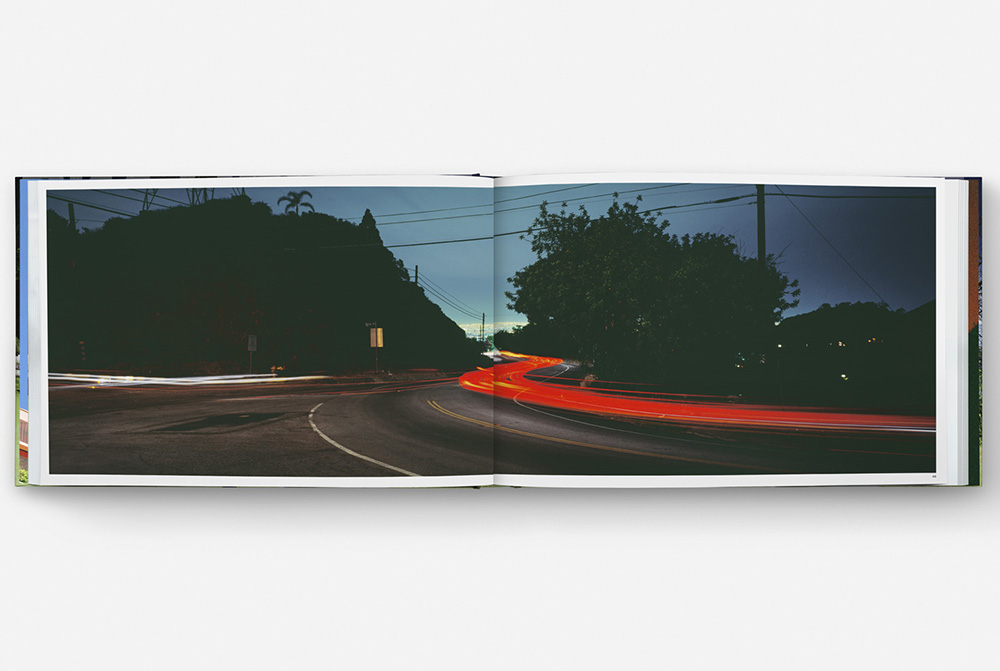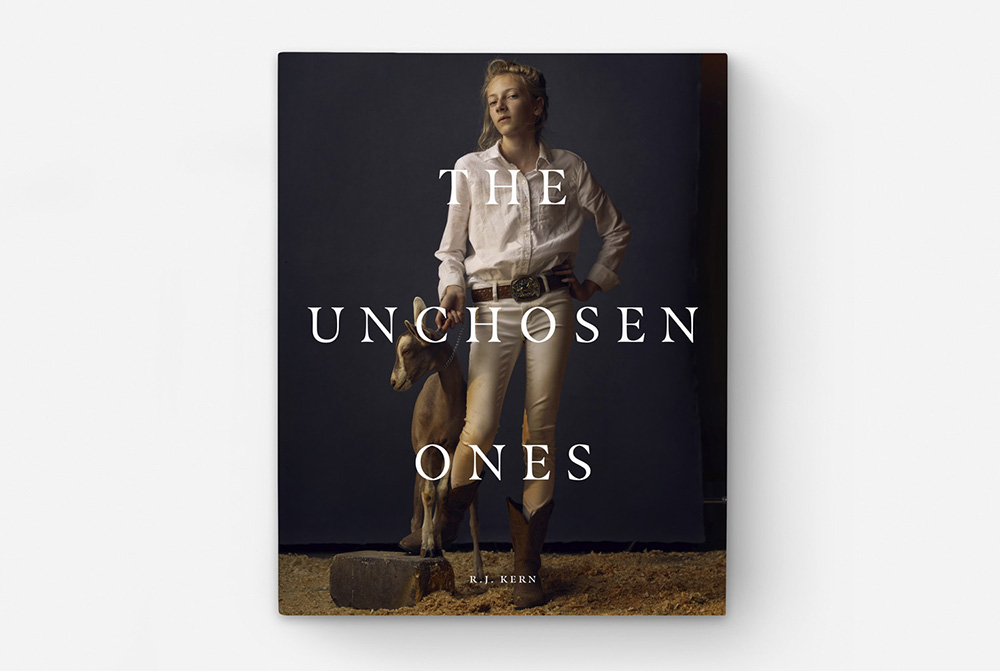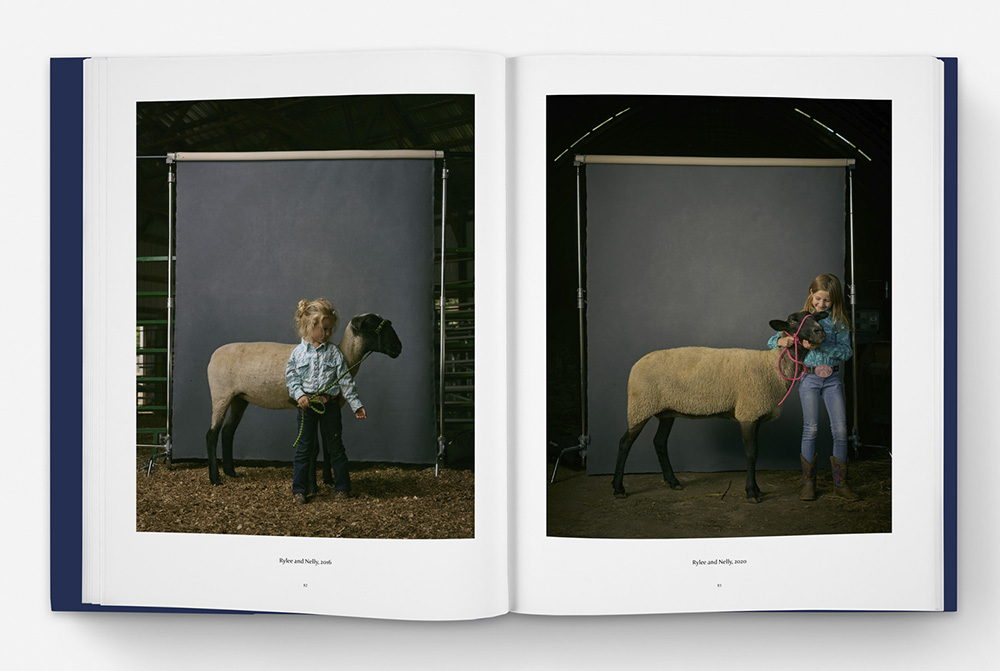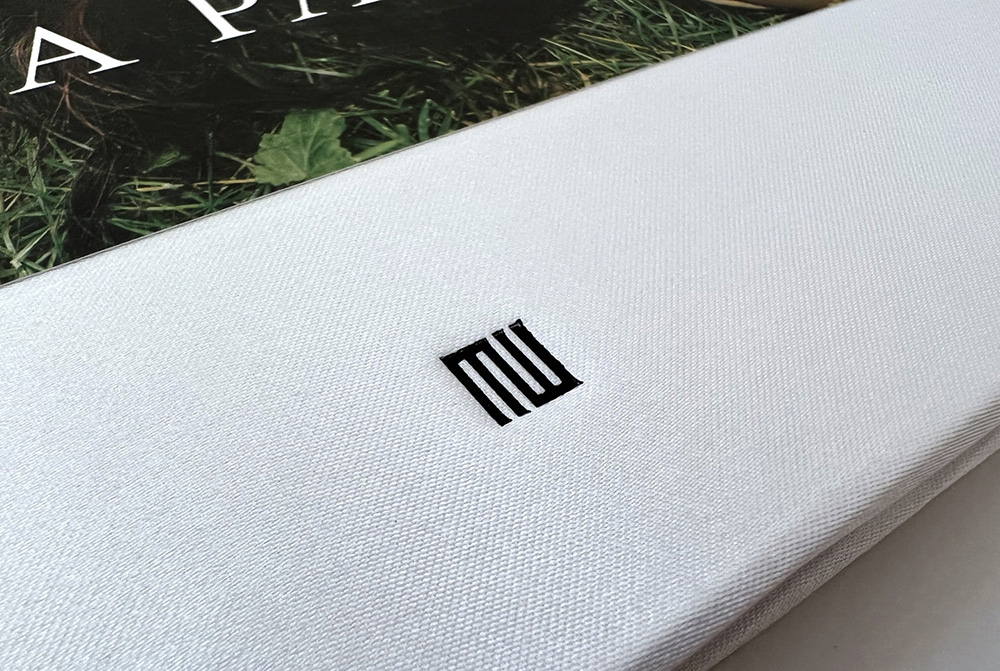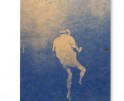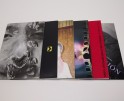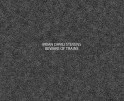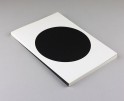Publisher’s Spotlight: MW Editions
This month is all about books on Lenscratch. In order to understand the contemporary photo book landscape, we are interviewing and celebrating significant photography book publishers, large and small, who are elevating photographs on the page through design and unique presentation. We are so grateful for the time and energies these publishers have extended to share their perspectives, missions, and most importantly, their books.
MW Editions is a New York City-based publisher of fine art and photography books. MW values the tradition of book making, and strives to make each book a unique, beautiful, and desirable object in its own right. Their books are distinguished by their exceptional quality of design, materials, and printing. Founded by Amy Wilkins and Takaaki Matsumoto of Matsumoto Incorporated, an award-winning graphic design firm with decades of experience in publication design, MW Editions offers a unique combination of sophisticated design and editorial guidance to the artists and authors it publishes. MW Editions provides complete design, print production, and editorial services and are proud to collaborate with both established and emerging artists.
Today photographer Galina Kurlat interviews publisher Amy Wilkins.
Follow MW Editions on Instagram: @mweditions
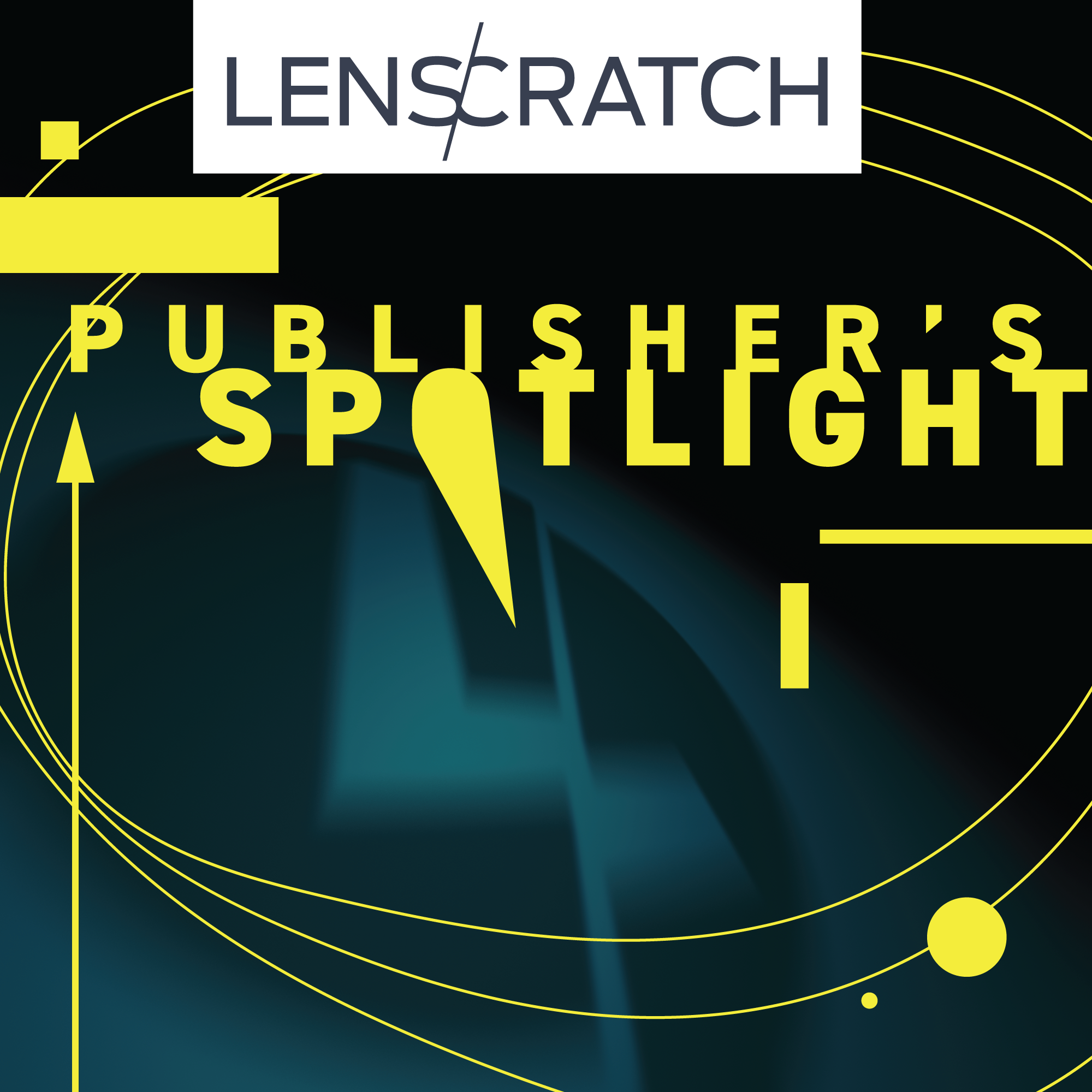 What was the first book you published, and what did you learn from that experience?
What was the first book you published, and what did you learn from that experience?
Our background is in graphic design, and we have been designing books for the artist Hiroshi Sugimoto since the 1990s. Ten years ago, we talked to him about doing a series of books on his major bodies of work; at that point most of his publications had been exhibition catalogues. The first book we published was Hiroshi Sugimoto: Dioramas, which we did in conjunction with Damiani. We needed a partner for this because we knew how to produce a book from beginning to end but did not have publishing experience. We learned a lot about the ins and outs of book distribution and promotion. We also learned a lot about the economics of publishing! It is so important for the publisher to believe in the book and for the author to be committed to promotion. The marketplace is crammed with books. How is your book going to make a mark in this crowded space? I think it is very important for artists to think about what audiences their book might reach aside from the fine art and photography world.
What is your mission as a publisher?
We are committed to bringing a high level of design, production, and editorial quality to every book we publish. We treat every project as a collaborative process and work closely with the artist to make decisions about design and editorial direction. We strive to make each book unique—an object whose design and materials reflect the work presented in its pages—which requires a lot of attention to detail and a synthesis of the various parts of the book-making process.
How big is your organization?
We are small! We are a team of three but we also work with a group of trusted collaborators to execute publications. Our team has been working together for many years, and we have a well-oiled machine in place.
What are the difficulties that publishers face?
Finances and a crowded marketplace. Producing illustrated books is an expensive and time-consuming enterprise. There are parts of the process that just cannot be made more efficient by technology. Creative work, editorial work… technology has certainly made some of the book making process faster, but there is still a lot of real labor by human minds and hands that goes into making high-quality publications. The retail price of illustrated books often does not reflect all the resources that go into making them.
There are also so many books in the marketplace right now, even in our relatively small niche of fine art and photography books. On the one hand it is great that many, many more creative people have avenues to publish their work than they did even 10 or 15 years ago. But on the flip side of that there are so many choices that both retailers and media cannot possibly pay attention to every worthy book.
Are there any publishing projects that have been particularly meaningful to you?
It is hard to single out just one or two; I get so attached to all the books we make and have forged such great relationships with so many artists. But we are very proud to have co-published Carrie Mae Weems’s Kitchen Table Series. Carrie is a groundbreaking artist, but when we published this book in 2016 with Damiani, there had not yet been a book dedicated to this work, which has been a touchstone for so many in the 30 years since she made it. It contains texts by the brilliant thinkers Sarah Lewis and Adrienne Edwards. I go back to this book often and I always see something new or make a connection between the images that I had not before. Kitchen Table Series is a deep source of truth about women and men and families and relationships and domesticity, all contained in a strict formal structure of Weems’s devising. It was an honor to have been a part of the team that brought this book into being.
Another book that I am passionate about is Jeanine Michna-Bales’s Standing Together: Inez Milholland’s Final Campaign for Women’s Suffrage, which we published in spring 2021. Jeanine spent years doing meticulous research on Milholland, a suffragist who campaigned in the Western states in 1916 before that year’s presidential election. By all accounts, Milholland was a tireless activist—very charismatic and persuasive—and drew crowds wherever she gave speeches. She died at age 30 at the end of this grueling campaign—her story is inspiring, tragic, and cinematic. Jeanine created a body of work comprising a series of landscapes and vignettes that imagine scenes from this journey, along with historical ephemera like newspaper clippings and snippets from Milholland’s personal correspondence. We were working on this book during the 2020 Presidential election, and the book’s message underscores the continuing political urgency of voting rights via the beautiful and poetic narrative Jeanine creates with her images.
What upcoming projects are you excited about?
I don’t want to give too many details away now but we are working on a new book with Hiroshi Sugimoto. We are also working on a project with a prominent photojournalist; his photographs and accompanying texts champion human-rights defenders the world over. This project is very inspiring and humbling—many of his subjects have endured wartime violence, sexual violence, political imprisonment, and other horrors yet persisted in their advocacy for human rights.
How many books do you publish a year, and how do you choose which projects to publish? Do you have a specific focus?
Right now we are publishing a half dozen or so books a year, though we are trying to increase that number. (The pandemic has disrupted our plans and schedules, as it has for nearly everyone else.) Our team reviews submissions and decides to publish based first on what we perceive to be the quality of the work. We also take into consideration things like how the book might be positioned in the marketplace. Why is the work worthy of becoming a book? Does the work make sense in book format? Does it bring a new voice or perspective?
How can an artist get their work in front of you? Do you have any advice for photographers?
Send submissions! Artists are endlessly generative, and we are happy to look at all kinds of work with open eyes and minds. This sounds naïve, but I am always astonished at the range of creativity and resourcefulness that humans are capable of.
For photographers who are pitching a book, it is helpful to have a polished proposal of the book concept along with a representative sample of images. Proposals do not have to be long, but it really helps to have a well-written synopsis of the project and details about what elements the book will contain, what themes the work speaks to, and why the artist thinks the work should appear in book format. Putting effort into this also indicates an artist’s preparedness for the at times arduous and rigorous process of making a book.
What is the typical timeline of a project, from the beginning to the finished product?
This really depends on what kind of book it is and what state the materials are in when we begin to work on it. I think a year minimum is usually necessary even for a straightforward photobook that is composed of mostly images and maybe a short text or two. Photo editing and sequencing, design, color proofing, text editing—even for a small book, there are so many decisions to make, and a lot of eyes are needed to review the components to make sure everything is ready for publication. The more components a book contains, the longer it takes to bring it into being. I have worked on some books for 3 to 5 years. The COVID-19 pandemic has also made the production process longer. Things like sending color proofs out for review take much more time than they used to.
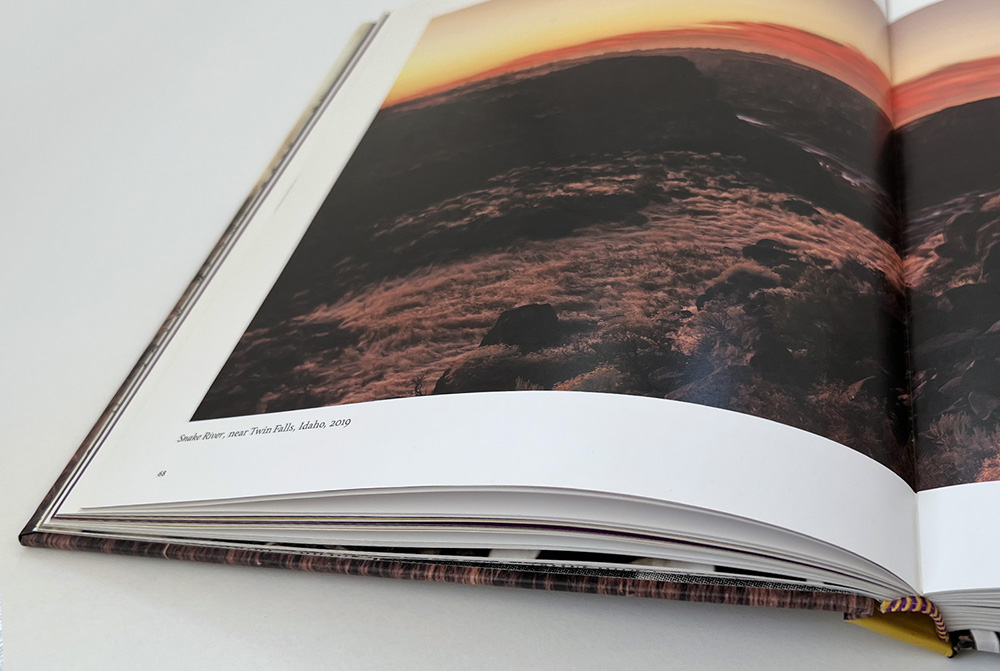
Detail of head and tail band for Jeanine Michna-Bales, Standing Together: Inez Milholland’s Final Campaign for Women’s Suffrage
How collaborative is the design process with the artist?
Very! We work closely with artists on all aspects of a book, and design is so important for us since our roots are in publication design. We always start the process by taking time to get to know the artist and her or his work first; the design direction always arises from the content and supports the artwork—we never want design elements to compete with the art. Working with a skilled designer is so important—sometimes an artist will have an idea of what a book should look like, but a good designer can bring a new perspective and a logic to the book that an artist may not have considered.
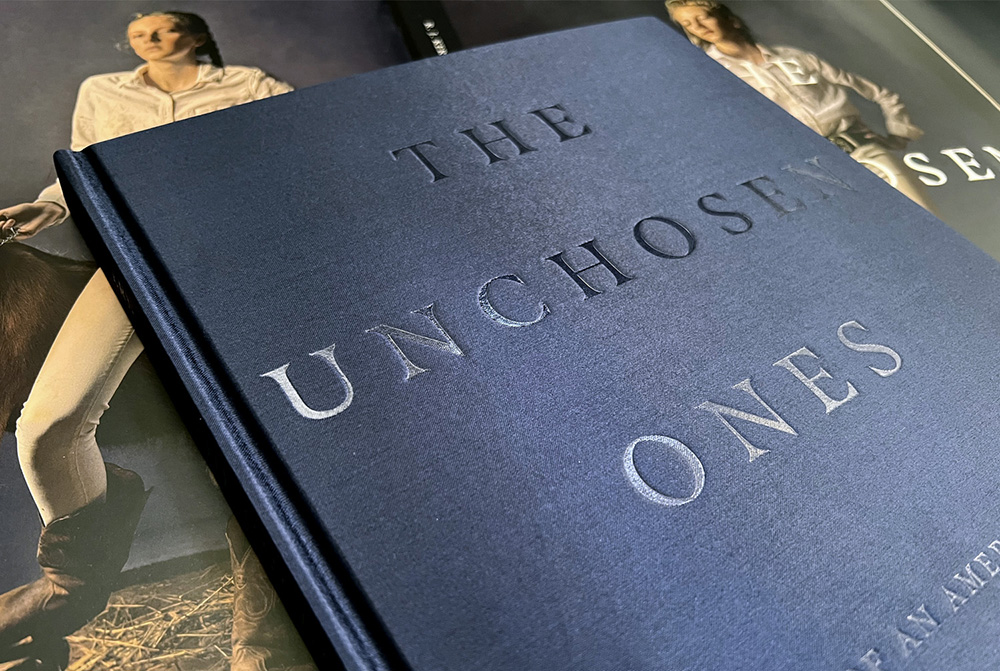
Detail of blind embossing on cover of R. J. Kern, The Unchosen Ones: Portraits of an American Pastoral
How is the financial side of the project structured between publisher and artist? Does the artist contribute to production cost?
This depends on the project. We analyze the costs and projected revenue to make this decision, and often an artist must contribute something to the print production for a book.
What support do you give artists in terms of marketing or distribution? Do you attend book fairs?
Our books are distributed by Artbook/DAP, who has a very dedicated team that knows the market really well. We work with them to do certain kinds of promotions and events. We also do some independent press outreach. But it is very important that artists have a plan for promoting their books. Media is so crowded with cultural events to cover, and getting press is very competitive. So, the artist’s own connections and activities can really help to boost book sales.
We have in the past attended book fairs, but COVID has interrupted that. We plan to revisit book fairs in the coming year.
Amy Wilkins is the publisher at MW Editions and a partner at Matsumoto Incorporated, the graphic design studio founded by designer Takaaki Matsumoto. She has more than 20 years of experience producing fine-art and photography publications, having worked with artists including Hiroshi Sugimoto and Carrie Mae Weems, art institutions including the Museum of Modern Art and the Metropolitan Museum of Art, and trade publishers including Rizzoli and Mondadori. At MW, Amy has focused on using the team’s considerable experience in producing publications for some of the country’s leading cultural institutions as a cornerstone of what the imprint offers to the artists and institutions it works with—design, production, and editorial expertise. She has overseen the publication of complex projects including a five-book series on the major works of Hiroshi Sugimoto and Psychic Wounds: On Art and Trauma, an exhibition catalogue containing more than 250 works of art and an anthology of texts on trauma by critics and scholars. She lives in New York City and is a graduate of Columbia University, where she studied philosophy and art history.
Galina Kurlat (b. 1981, Russia) is a photographic artist living in Brooklyn, NY, she earned her BFA in Media Arts from Pratt Institute. Kurlat creates a visual relationship between herself and her subject by embracing the imperfections and possibilities of antiquated photographic processes. Her works undulate between the recognizable and the ephemeral. By accepting the change and chaos inherent in photographic materials Kurlat challenges photography as a historically representational medium.
Kurlat’s work has been shown in Korea, India, Scotland, France and the US. Recent exhibitions include “Shadow Play”, Peter Halpert Fine Art in NYC, “Process”, Studio Bizio in Edinburgh, “Touch me Touch you”, Jinju International Photo Festival, South Korea, “Self-Processing- Instant Photography”, Ogden Museum of Southern Art, New Orleans, LA. Her work is collected throughout the US and abroad.
Kurlat has been published in Oxford American, Fraction Magazine, Houston Chronicle, Diffusion IX and Fraction of a Second, Radius Books along with numerous other periodicals and catalogs. She is the cofounder of Main Street Projects, an artist-run organization in Houston which has hosted over 150 local, national and international artists to date. MSP is an artists’ initiative which brings art into urban surroundings.
During 2005-2011 Kurlat curated a number of multi-media and site specific exhibitions in alternate spaces throughout NYC. @galinakurlat
Posts on Lenscratch may not be reproduced without the permission of the Lenscratch staff and the photographer.
Recommended
-
Publisher’s Spotlight: Smog PressJanuary 3rd, 2024
-
Publisher’s Spotlight: Kult BooksNovember 10th, 2023
-
Publisher’s Spotlight: ‘cademy BooksJune 25th, 2023
-
Publisher’s Spotlight: Brown Owl PressDecember 10th, 2022
-
Publisher’s Spotlight: DOOKSSeptember 26th, 2022

